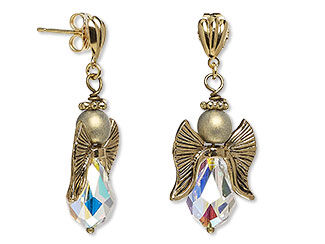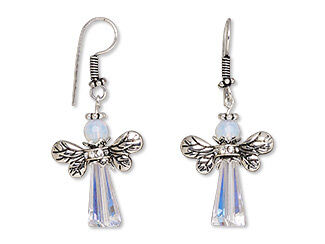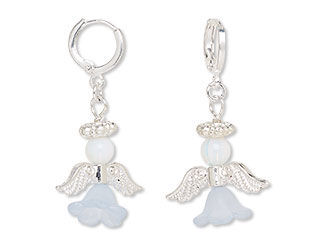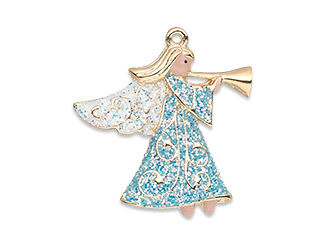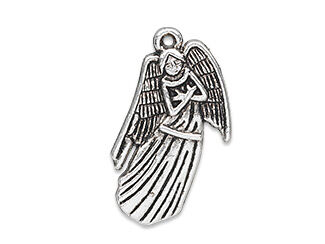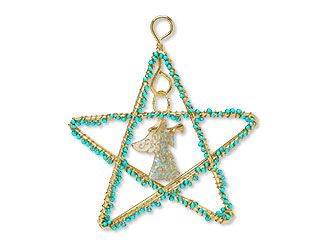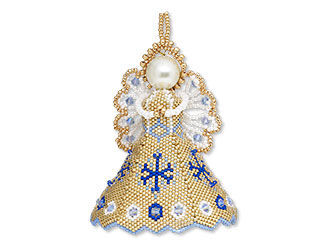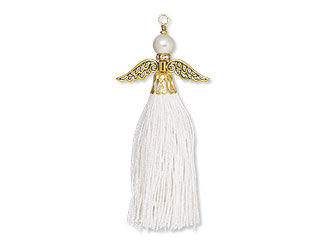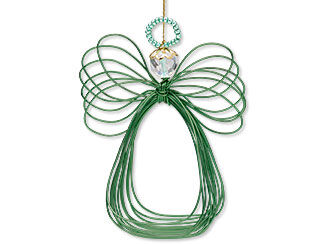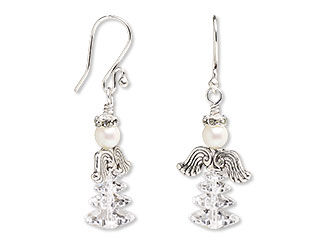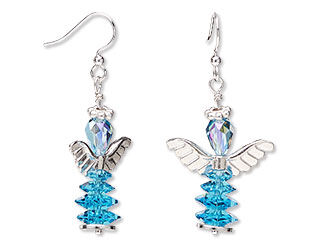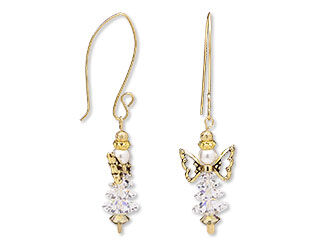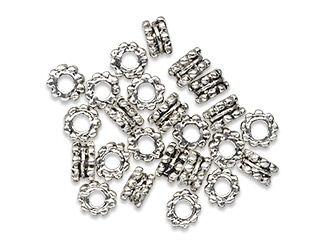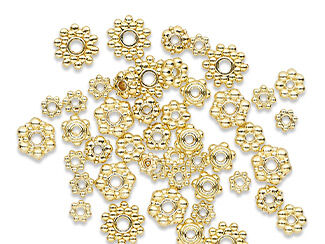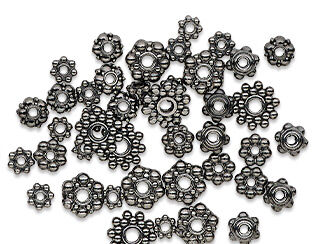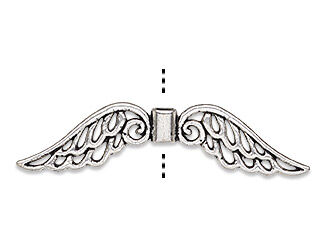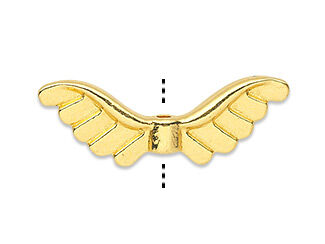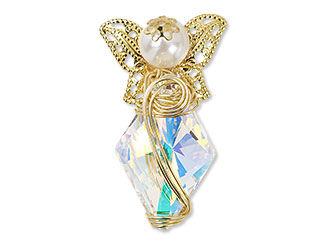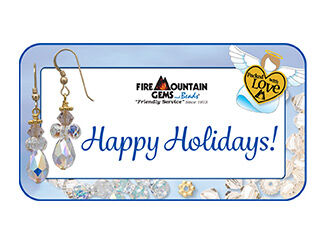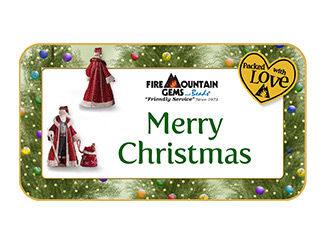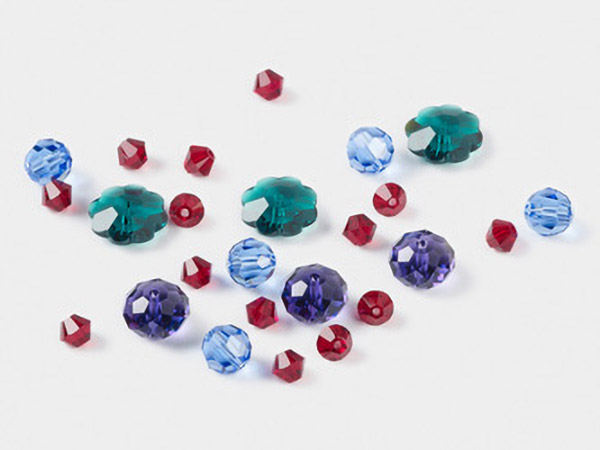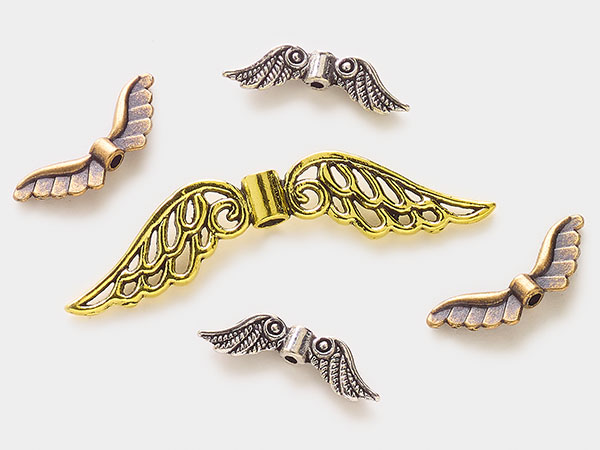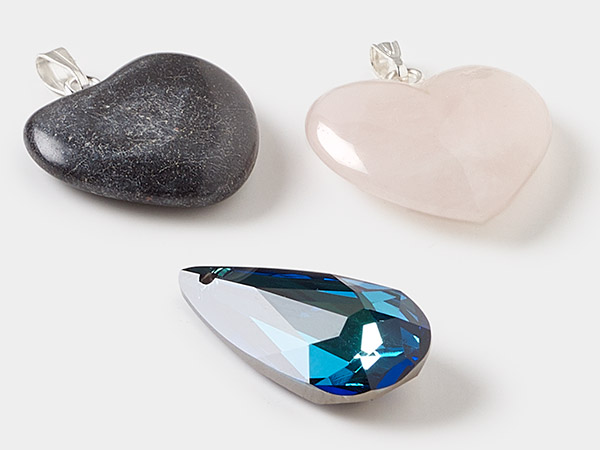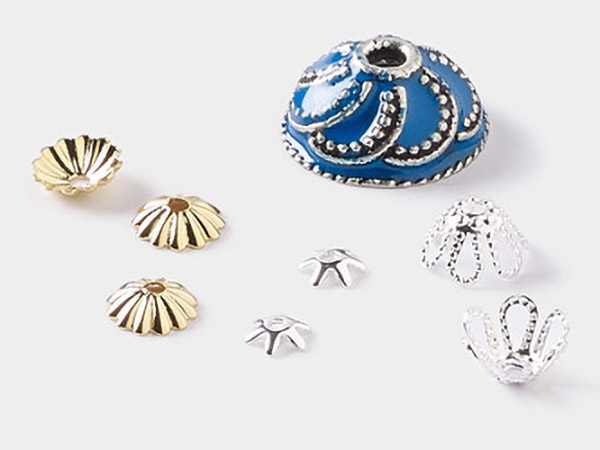Why are Angels Synonymous with Christmas?
Angels in Christianity
Angels have long been intertwined with the Christmas season, symbolizing hope, protection and the divine presence. From their biblical roles as messengers and heralds to their place atop the Christmas tree and in festive décor, angels remind us of the profound and joyful message of Christmas.
The Bible speaks of angels throughout its text, from the first mention of cherubim as guardians of the Garden of Eden in Genesis, to the thousands of angels encircling the throne of God in Revelation. According to the Bible, angels are spirit beings, having no physical body. While angels in the Bible can manifest in human form, they can also take on other, more surreal forms unlike any earthly beings. Angels exist for many purposes in the Bible, including worshipping God, acting as messengers to humanity, bringing comfort and strength to believers and warring against the demons in the heavenly realm.
Angels and Christmas Traditions
So how did angels become part of the Christmas tradition? In the Bible, angels announced the coming of the Savior, Jesus, to Mary and Joseph before his arrival, validating to them that their unborn child was from God and confirming the fulfilment of earlier prophecies. At His birth, a choir of joyful angels appeared to bring the good news to the shepherds. As Christmas is the Christian celebration commemorating the birth of Christ, it makes sense that angel-themed items would be prominent at Christmas time.
Early Christian art depicts the story of Jesus’ birth, including images of the angel Gabriel bringing word to Mary of Jesus’ coming, as well as images of the choir of angels appearing to celebrate His birth. Songs emulating the angels’ song to the shepherds have been sung at Christmas since the early days of the church. When Saint Francis of Assisi established the first seasonal nativity scene, a live reenactment, in 1223, he may or may not have included a representation of an angel, but going forward, angels became a regular part of holiday depictions of Christ’s birth.
In the 19th century, it became popular to place an angel on top of the Christmas tree to symbolize the angels that appeared to the shepherds at the first Christmas. During the same era, Christmas cards featuring angels, among other motifs, became popular as well. Later, candle-powered spinning chimes featuring angels were added to the Christmas tradition.
Angels in Other Faith Traditions
Beings of pure spirit are common across many faith traditions. In Judaism and Islam, angels are similar to the angels in Christianity, which is to be expected, as all three faith traditions adhere to the Old Testament of the Bible, wherein angels are prominently described. In Hinduism, spirit beings serve as guardians, musicians and messengers. Some are good and some are evil, as in the Christian tradition of angels and demons. Buddhism relates that spirit beings called devas sometimes assist humans on their spiritual journeys. Across many other faith traditions as well, angelic beings serve as intermediaries between the divine and the human, offering guidance and protection.
Angel Ornaments and Décor Inspiration
There is a long tradition of angel ornaments and décor for the Christmas season. They can be seen not only topping Christmas trees, but in ornaments of every style and color. As a symbol of protection and guidance, angels are one of the most common symbols of the Christmas season.
Angel ornaments and décor can be made of a wide variety of materials. Glass, ceramic, wood, paper, porcelain, beads and fabric are popular choices.
Bring your creativity to the forefront during the holidays by creating angel-themed items. Because of the ecumenical nature of angel décor, these items will appeal to a wide audience of many faith traditions. Use or sell angel pieces as a perfect host or hostess gift during the holiday season, as a stocking stuffer or as holiday home décor.
Angel Jewelry Design Inspiration
A gift of angel jewelry can be a great way to say, “Merry Christmas.”
While the halo is not from the Bible, it is a symbol that has been used for centuries to represent the holiness of a person or angel, and it is typically used to signify an angelic being. Create a halo using wire, beads or bead caps or get creative with a variety of other media meant to represent the light and holiness of angels.
Wings are a timeless symbol often associated with angels, and they’ve become a cherished motif in jewelry. A wide array of wing beads and focals are available, crafted from diverse materials, including precious metals, various shells, gemstones, glass, Crystal Passions® crystals, resin, and enamel. You can enhance your designs by using gemstone and pearl beads for the body, and incorporate personal touches like birthstones or favorite gemstones to create a truly unique and meaningful gift.
Make an extra special gift by adding an angel charm to a charm bracelet. The recipient can continue to fill the bracelet with charms throughout the year. Give the gift of a guardian angel by attaching an angel charm to chain for a spectacular pendant necklace and sweet sentiment. Attach an angel pin to a personalized paper card or use as a present topper for a heartfelt holiday message that can be worn all year long.
Gift Certificates
Want to deliver a holiday message through email? Surprise someone special with an angel-themed Fire Mountain Gems and Beads gift certificate. This thoughtful and unexpected gesture is sure to brighten their holiday and New Year.
By incorporating angel-themed elements into your holiday creations, whether through ornaments, jewelry or gifts, you honor this cherished tradition and offer a touch of grace and inspiration. Embrace the spirit of the season by crafting or gifting angelic designs, spreading the warmth and wonder that angels bring to our holiday celebrations.
Shop for Your Materials Here:
Have a question regarding this project? Email Customer Service.
Copyright Permissions
All works of authorship (articles, videos, tutorials and other creative works) are from the Fire Mountain Gems and Beads® Collection, and permission to copy is granted for non-commercial educational purposes only. All other reproduction requires written permission. For more information, please email copyrightpermission@firemtn.com.


